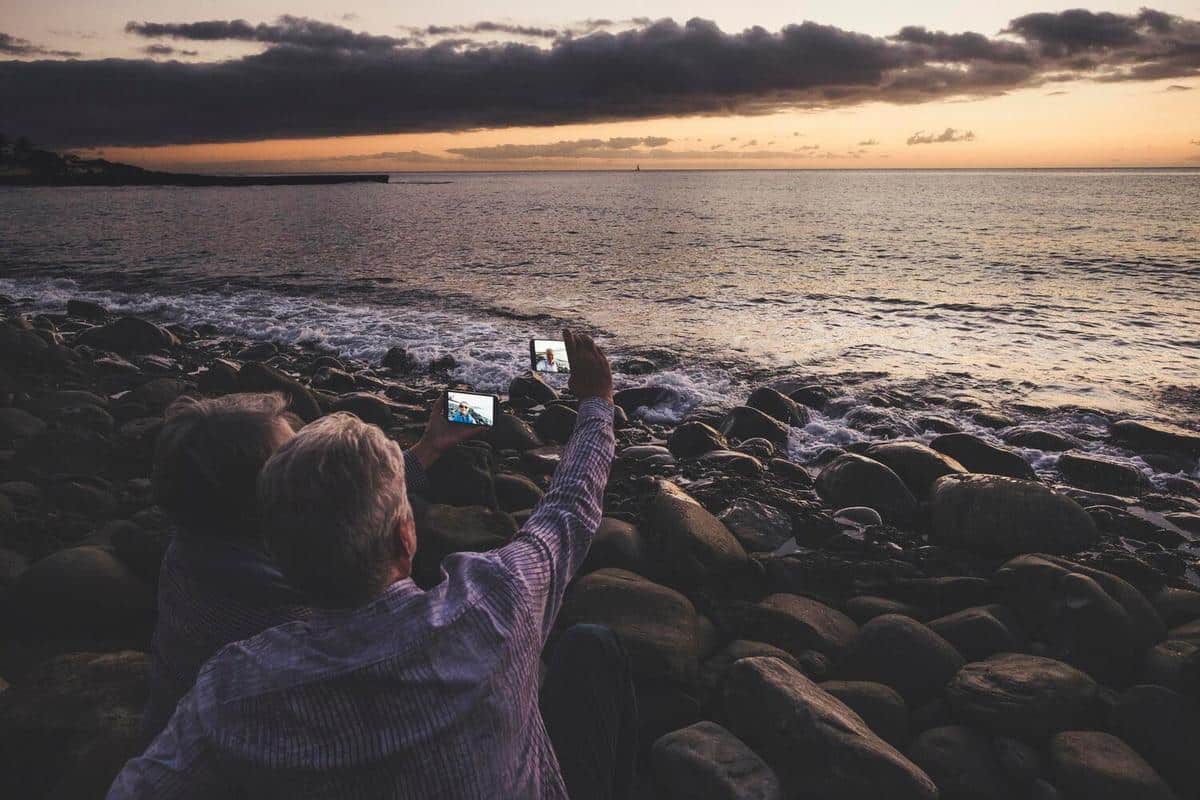
The Impact of Climate Change on Landscape Photography
As the climate continues to change, it doesn’t just impact ecosystems and weather patterns, but also the art of landscape photography. Photographers who capture the natural world are finding that their craft is evolving in response to these environmental shifts.
Understanding the Impact
Climate change is altering the landscapes we cherish and photograph. Glaciers are retreating, sea levels are rising, and weather patterns are becoming more erratic. These changes are not only reshaping the Earth’s surface but also redefining how landscape photographers approach their work.
Expert Insights
Renowned landscape photographer James Balog notes, ‘Climate change is rewriting the visual story of our planet, challenging photographers to capture scenes that may soon disappear.’
Statistics and Research
Recent studies indicate that global temperatures have risen by approximately 1.2 degrees Celsius since pre-industrial times, affecting ice caps and contributing to sea-level rise. This transformation has significant implications for photographers seeking to document these fragile environments.
Personal Experiences
Consider the experience of Mark, a landscape photographer who has traveled extensively to capture the beauty of remote locations. He has witnessed firsthand the receding glaciers in Iceland and the changing foliage patterns in North American forests, which have influenced his approach to capturing the ephemeral beauty of these landscapes.
Tips for Adaptation
- Research the area thoroughly before heading out to understand any recent changes in the landscape.
- Consider incorporating time-lapse photography to showcase the dynamic shifts over time.
- Experiment with different times of day to capture unique light conditions that may highlight climate impacts.
Resourceful Links
For those looking to delve deeper into the effects of climate change on photography, websites like National Geographic offer extensive resources and articles.
| Climate Change Effect | Photography Impact | Adaptation Strategy |
|---|---|---|
| Glacier Retreat | Limited access to ice structures | Use drones for aerial shots |
| Sea Level Rise | Coastal erosion changes scenic views | Capture during low tide for dramatic effects |
| Forest Composition | Shifts in foliage colors | Document seasonal changes |
| Weather Patterns | Unpredictable lighting | Embrace moody, dynamic images |
| Desertification | Loss of vegetation coverage | Highlight the stark contrast |
| Wildfires | Altered landscapes and skies | Focus on regeneration stories |
| Coral Bleaching | Loss of underwater color | Use macro photography to capture detail |
| Permafrost Thaw | New landscape formations | Document transitional phases |
Frequently Asked Questions
How does climate change affect landscape photography?
Climate change alters natural environments, influencing both the physical appearance and accessibility of landscapes for photographers.
What can photographers do to adapt to these changes?
Photographers can adapt by researching climate impacts, using innovative techniques like drones, and investing in gear suited for extreme weather.
Conclusion
Climate change presents both challenges and opportunities for landscape photographers. By understanding and adapting to these shifts, photographers can capture unique and compelling images that tell the evolving story of our planet. Embrace these changes as a catalyst for creativity, and let your photography reflect the dynamic beauty of the world around us.


